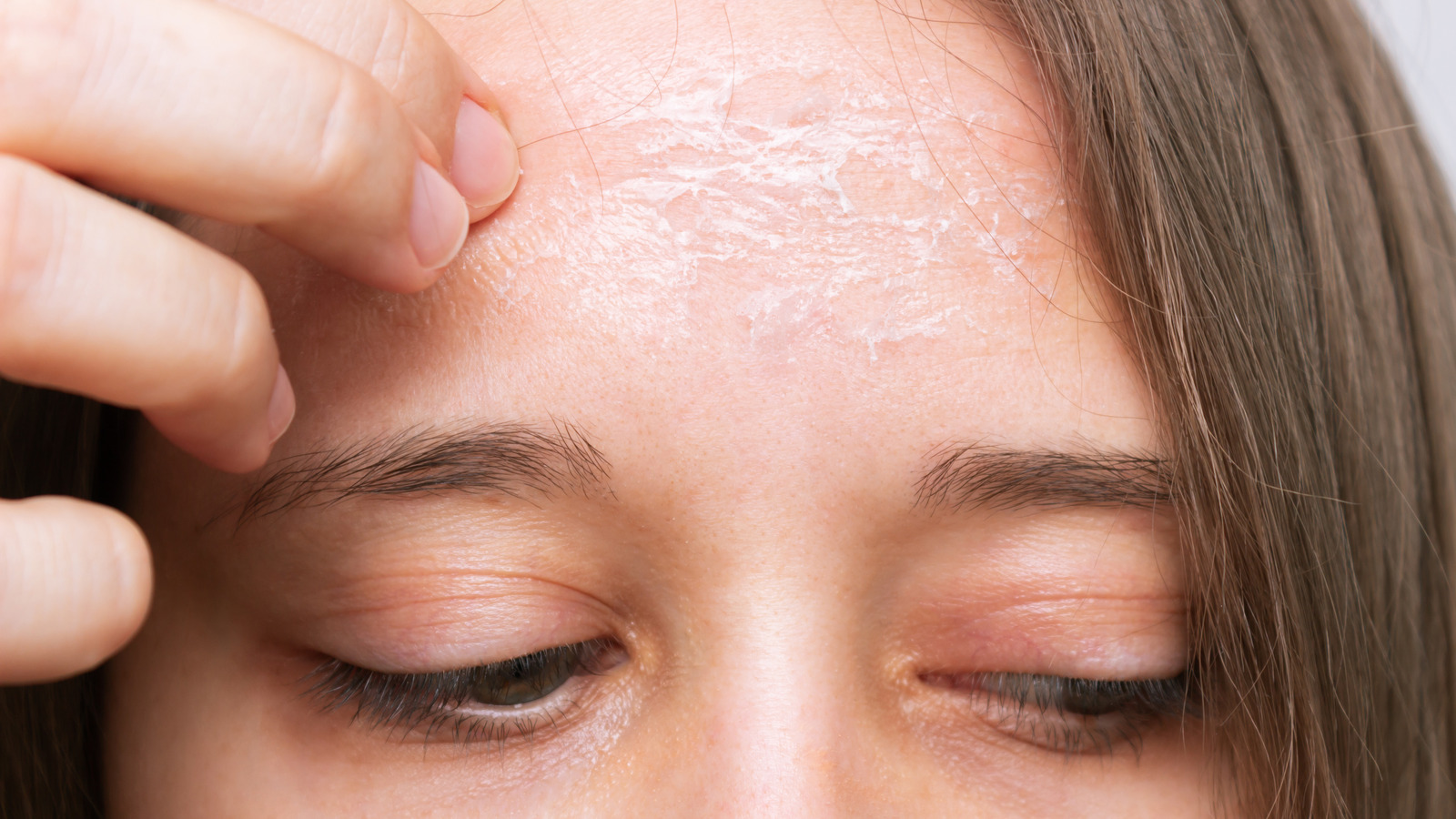When it comes to skincare, the combination of exfoliators and retinol has become a hot topic among beauty enthusiasts and professionals alike. Many people are curious about whether these two powerful ingredients can be used together effectively without harming the skin. In this article, we will explore the science behind exfoliation and retinol, how they work individually, and the best practices for using them in your skincare routine.
With the rise of skincare awareness, understanding the compatibility of various products has never been more crucial. Both exfoliators and retinol offer unique benefits, but there is a fine line between achieving glowing skin and causing irritation. This article aims to provide you with the information you need to make informed decisions about your skincare regimen.
Get ready to dive into the world of exfoliation and retinol! We will cover the definitions, benefits, potential side effects, and suitable routines for incorporating these ingredients into your daily skincare. By the end of this article, you will have a comprehensive understanding of whether you can use exfoliators and retinol together and how to do so safely.
Table of Contents
- Understanding Exfoliators
- Understanding Retinol
- Benefits of Exfoliation
- Benefits of Retinol
- Can You Use Exfoliators and Retinol Together?
- How to Use Exfoliators and Retinol
- Potential Side Effects
- Conclusion
Understanding Exfoliators
Exfoliators are products designed to remove dead skin cells from the surface of the skin. There are two primary types of exfoliators:
- Physical Exfoliators: These contain small particles that manually scrub away dead skin cells (e.g., scrubs).
- Chemical Exfoliators: These contain acids (like AHAs and BHAs) that dissolve dead skin cells without the need for scrubbing.
How Exfoliation Works
Exfoliation promotes cell turnover, revealing fresh, glowing skin beneath. It can help improve skin texture, reduce the appearance of pores, and even out skin tone.
Understanding Retinol
Retinol is a derivative of vitamin A, widely used in skincare for its ability to promote cell turnover, stimulate collagen production, and reduce the signs of aging. It is available in various formulations, including creams and serums.
How Retinol Works
Retinol penetrates the skin and accelerates the shedding of old skin cells while promoting the growth of new ones. This leads to smoother skin, reduced fine lines, and improved overall skin tone.
Benefits of Exfoliation
The benefits of exfoliation include:
- Improved skin texture and tone
- Reduction of clogged pores and acne
- Enhanced absorption of other skincare products
- Increased blood circulation to the skin
Benefits of Retinol
Retinol offers numerous benefits, such as:
- Minimizing the appearance of fine lines and wrinkles
- Reducing hyperpigmentation and dark spots
- Improving skin firmness and elasticity
- Decreasing the occurrence of acne
Can You Use Exfoliators and Retinol Together?
The short answer is yes; you can use exfoliators and retinol together, but caution is required. Both ingredients enhance cell turnover, which can lead to increased sensitivity and irritation when combined. It’s essential to consider the following:
- Determine your skin type: Sensitive skin may not tolerate this combination well.
- Frequency of use: Start with using them on alternate days instead of simultaneously.
- Monitor your skin’s response: If you experience excessive dryness or irritation, adjust your routine.
How to Use Exfoliators and Retinol
To effectively incorporate both into your routine:
- Choose a gentle exfoliator, preferably a chemical one.
- Use exfoliators 1-2 times a week, depending on your skin’s tolerance.
- Apply retinol in the evening after cleansing, allowing your skin to rest.
- Always follow up with sunscreen in the morning, as both products may increase sun sensitivity.
Potential Side Effects
While both ingredients are beneficial, they can cause side effects if not used correctly:
- Redness and irritation
- Dryness and flakiness
- Increased sensitivity to sunlight
Always perform a patch test before introducing new products into your routine.
Conclusion
In summary, using exfoliators and retinol together can be effective for achieving clear, youthful skin, but it requires careful consideration and a tailored approach. Listen to your skin, adjust your routine as necessary, and consult with a dermatologist if you're uncertain.
If you found this article helpful, please leave a comment or share it with others who might benefit from understanding the use of exfoliators and retinol!
Thank you for reading, and we hope to see you again for more insightful skincare tips!
You Might Also Like
What Were Eyelashes Made For? Unveiling The Purpose And Importance Of EyelashesJordan Feldstein And Francesca Eastwood: A Deep Dive Into Their Lives And Relationship
Exploring The Jeffrey Star Cremated Palette: A Comprehensive Review
What Is The Best Face Exfoliator? A Comprehensive Guide To Achieve Radiant Skin
Kelly Clarkson Furniture Line: A Stylish Addition To Your Home
Article Recommendations
- Ruth Connolly
- Henning Wehn Illness
- Latest Sexy Videos
- Hdhub4you
- Vegasmovies
- Andie Elle Onlyfans Leaked
- Vegamovies Nl Online
- Onlyfans Yumieto
- Wentworth Miller Wife And Kids
- Mckinley Richardson Leaks

